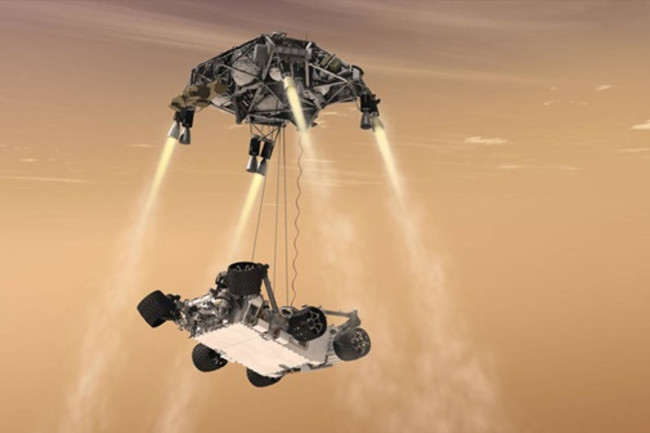Return to Mars: Perseverance
July 2020

Following this mission another rover named perseverance was launched on 30 july 2020. The rover is just as big as the size of an average car. The rover will travel 97.24 million km and reach its destination on 18 of March and is expected to cost around $2.7billion. The research will target a specific crater on the surface of Mars called the Jezero crater which is around 10km wide. The reason behind this is the water river that was formerly present on this region i.e 4 Billion years ago .will look for aspects of climate change and weather early mars may have had life.
 The 6 minutes of terror: when the top of the atmosphere is hit the rover is travelling at a speed of 13000 miles per hour and then 6 minutes
later the speed is reduced to inches per second. This is achieved by changing the center of gravity and making it fly parallel to the surface.
The friction is expected to slow down the rocket to as much as 250 miles per hour.
Further the speed is reduced using a platform containing a retro-rocket that takes off and slows it down and stops it at about 25 meters
from the surface. Since the signals to control the rover will be sent by us these 6 minutes will have maximum possibilities of failure.
The 6 minutes of terror: when the top of the atmosphere is hit the rover is travelling at a speed of 13000 miles per hour and then 6 minutes
later the speed is reduced to inches per second. This is achieved by changing the center of gravity and making it fly parallel to the surface.
The friction is expected to slow down the rocket to as much as 250 miles per hour.
Further the speed is reduced using a platform containing a retro-rocket that takes off and slows it down and stops it at about 25 meters
from the surface. Since the signals to control the rover will be sent by us these 6 minutes will have maximum possibilities of failure.
Interesting Fact: Unlike the curiosity rover, perseverance contains a Microphone fixed to catch any kind of noise including the rover from an engineering perspective.